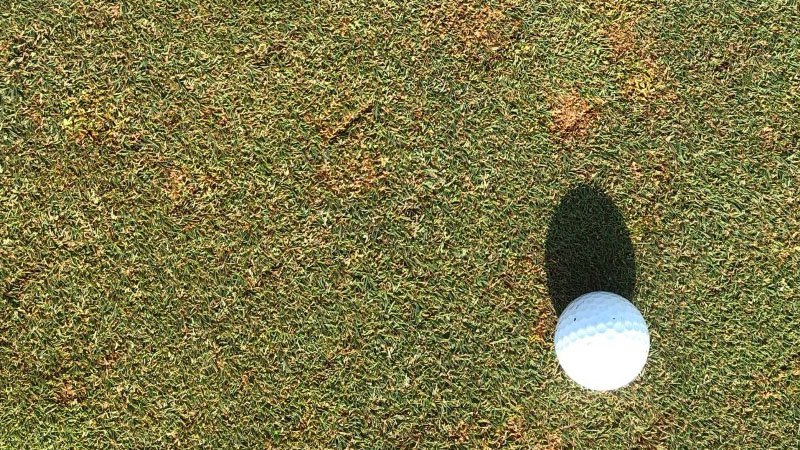For much of the time since Burt Musser developed Penncross 70 years ago at Penn State, superintendents have been looking for ways to keep annual bluegrass out of creeping bentgrass turf.
There is a saying that good things come to those who wait.
If that is true, then professional turf managers in California who are looking for another tool to help them control Poa annua in both cool- and warm-season turf could be in for some pretty good times.
After years of research and real-world testing, PoaCure is labeled for use in 49 states, with the latest, California, finally granting label registration to the herbicide this week.
Dubbed the next great tool in the battle against annual bluegrass, it will be for sale in California by October, the company said.
University research and field studies on golf courses nationwide, as well as years of use in South Korea have shown PoaCure to be effective at controlling annual bluegrass under a variety of conditions.
Despite its efficacy, PoaCure's timeline from blackboard to market has been a long, slow one.
With the active ingredient methiozolin, PoaCure was invented by Suk-Jin Koo, who founded the Moghu Research Center in 2007 in South Korea. Since then, PoaCure has been the subject of several university research trials, including at the University of California at Riverside.
The U.S. Environmental Protection Agency granted an experimental use permit in 2014, opening the door for use on dozens of golf courses nationwide.
After multiple applications by Moghu and about 10 years of waiting, Poa Cure finally received label registration in 2019 for selective pre- and post-emergent control of annual bluegrass, and it has been a slow and steady flow of state registrations ever since.
"Good things are worth waiting for," tweeted Jim Baird, Ph.D., when he learned of registration in California.

Baird conducted some of the seminal research on PoaCure at UCR, including a study he co-authored nearly a decade ago. The team of Baird, Fayek Negm and Marco Schiavon explored the tolerance of Pure Distinction creeping bentgrass to methiozolin under worst-case conditions. Their findings were published under the title "Response of Creeping Bentgrass Cultivar Pure Distinction to Methiozolin Herbicide."
The research included three sequential applications of methiozolin at two-week intervals at 1x, 2x and 4x rates on putting green-height turf when daytime temperatures in Riverside ranged from the low 90s to more than 100 degrees. The plots also were subject to solid-tine aeration and sand topdressing applied after the second application of methiozolin.
Even under these harsh conditions, there were no visual signs of stress or damage, according to the research.
It also emerged from a 2013-14 trial on a golf course in the San Francisco area when tested against several other products at multiple rates and timing.
PoaCure has long residual activity, is safe for warm- and cool-season grasses, is effective on biotypes and works in differing climates.
Despite the benefits of many of the new chemistries that are piped through the turf business, the registration process can take what seems like a very long time.
The EPA looks at product ingredients; plants on which it will be used; amount, frequency and timing; storage and disposal; potential effects on humans and non-target organisms; contamination of water bodies; drift; and research data from the company that owns the product to develop risk assessments.
In the case of PoaCure, the process was prolonged due in part to a lack of U.S. data to present to the EPA.
Exhaustive oversight of a chemistry that is made to kill living organisms is never a bad thing considering the impact such products can have on the environment. It also can help prevent the company bringing the product to market from being the next defendant in a class-action lawsuit, or face canceled registration during a future label review.

